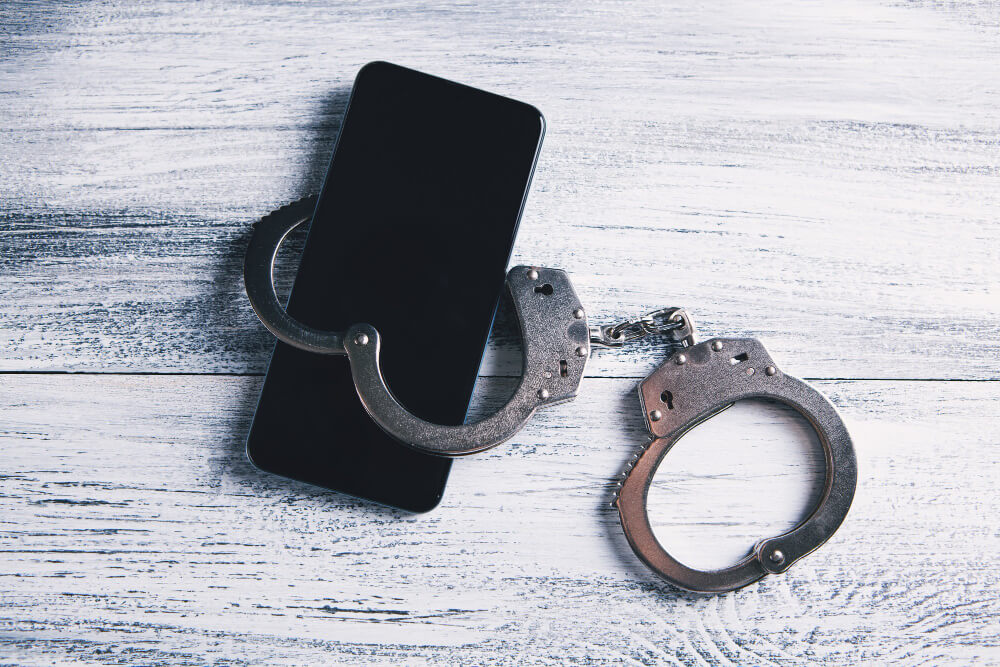Justice Pierre-Louis continued in relevant part: Prior to trial, defense counsel moved to exclude testimony by the State’s expert, Federal Bureau of Investigation Special Agent Ajit David, and any first-time in-court identification of defendant by any of the victims. The trial court denied both motions. At trial, Rosette Martinez identified defendant as the intruder for the first time, pointing him out in the courtroom. And Special Agent David gave his expert opinion that the cell towers in the area had an approximate coverage radius of about one mile — an estimate that reflected his “rule of thumb” for the area, which he stated was a “good approximation” based on his training and experience. Based on that “rule of thumb,” he placed defendant’s cell phone at or near the crime scene at the time of the robbery, emphasizing that it was “highly, highly unlikely” that a cell tower defendant’s phone had pinged at 8:02 p.m. did not cover the crime scene. Defendant was convicted of robbery and other offenses.
The Appellate Division affirmed as to both Special Agent David’s testimony and the first-time in-court identification. 471 N.J. Super. 297, 304-05 (App. Div. 2022). The New Jersey Supreme Court granted certification. The trial court erred in admitting both the testimony placing defendant’s phone at or near the crime scene and the first-time in-court identification. Those errors, in combination, deprived defendant of a fair trial.
Across the nation, state and federal courts have accepted expert testimony about cell site analysis for the purpose of placing a cell phone within a “general area” at a particular time. Unlike the more precise location data provided by a Global Positioning System (GPS), cell site analysis simply confirms that the phone was somewhere within the coverage radius of the cell tower during the recorded activity. The Seventh Circuit, concerned that a “jury may overestimate the quality of the information provided by” cell site analysis, has admonished that “[t]he admission of historical cell-site evidence that overpromises on the technique’s precision — or fails to account adequately for its potential flaws — may well be an abuse of discretion.” United States v. Hill, 818 F.3d 289, 299 (7th Cir. 2016).
Cell site analysis has increasingly come under fire since the case of Adnan Syed, the subject of an NPR podcast called “Serial.” Syed was wrongfully convicted of murder based on cell site analysis that was proven to be much less reliable than it was thought to be at the time of his trial.

